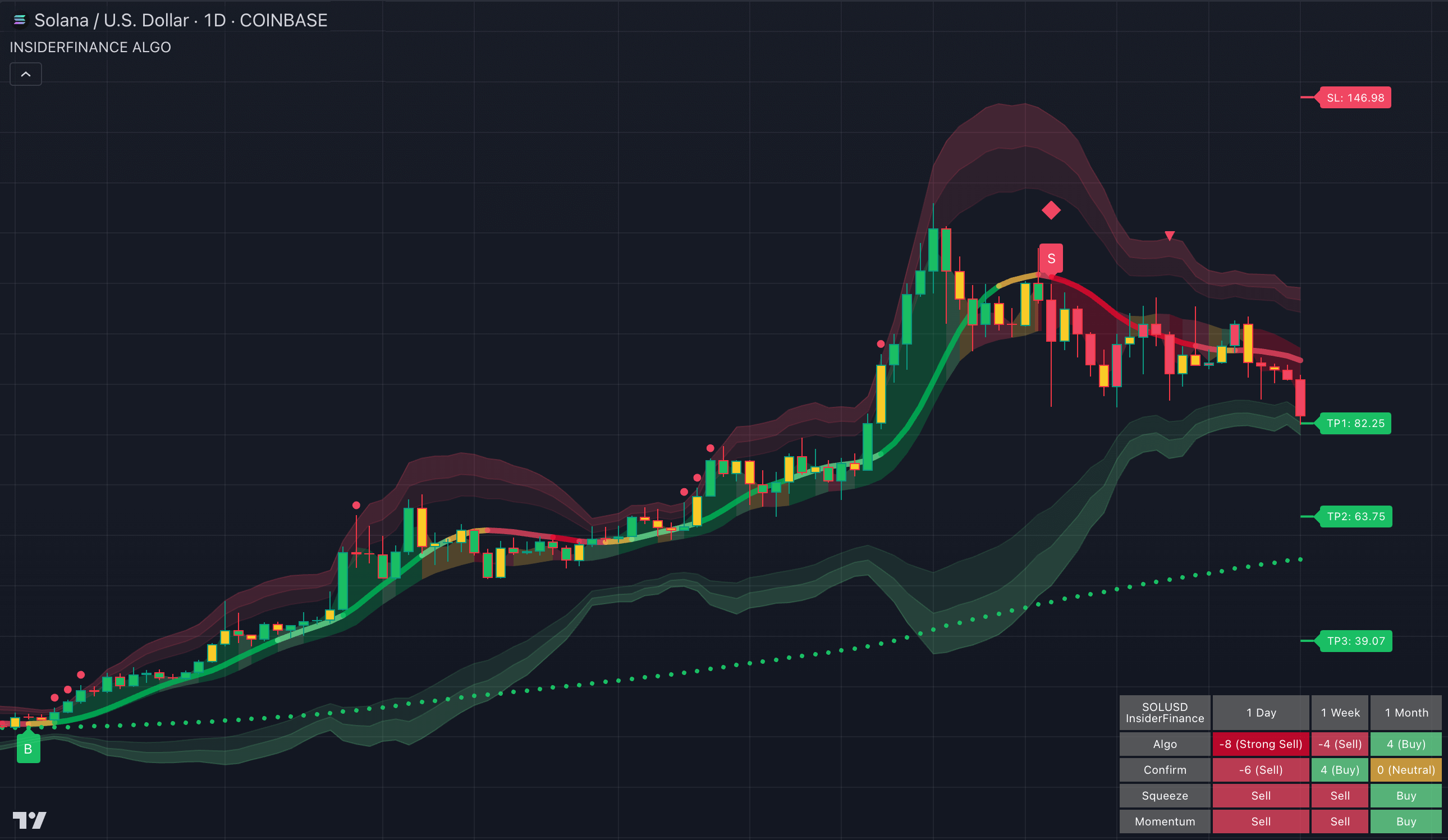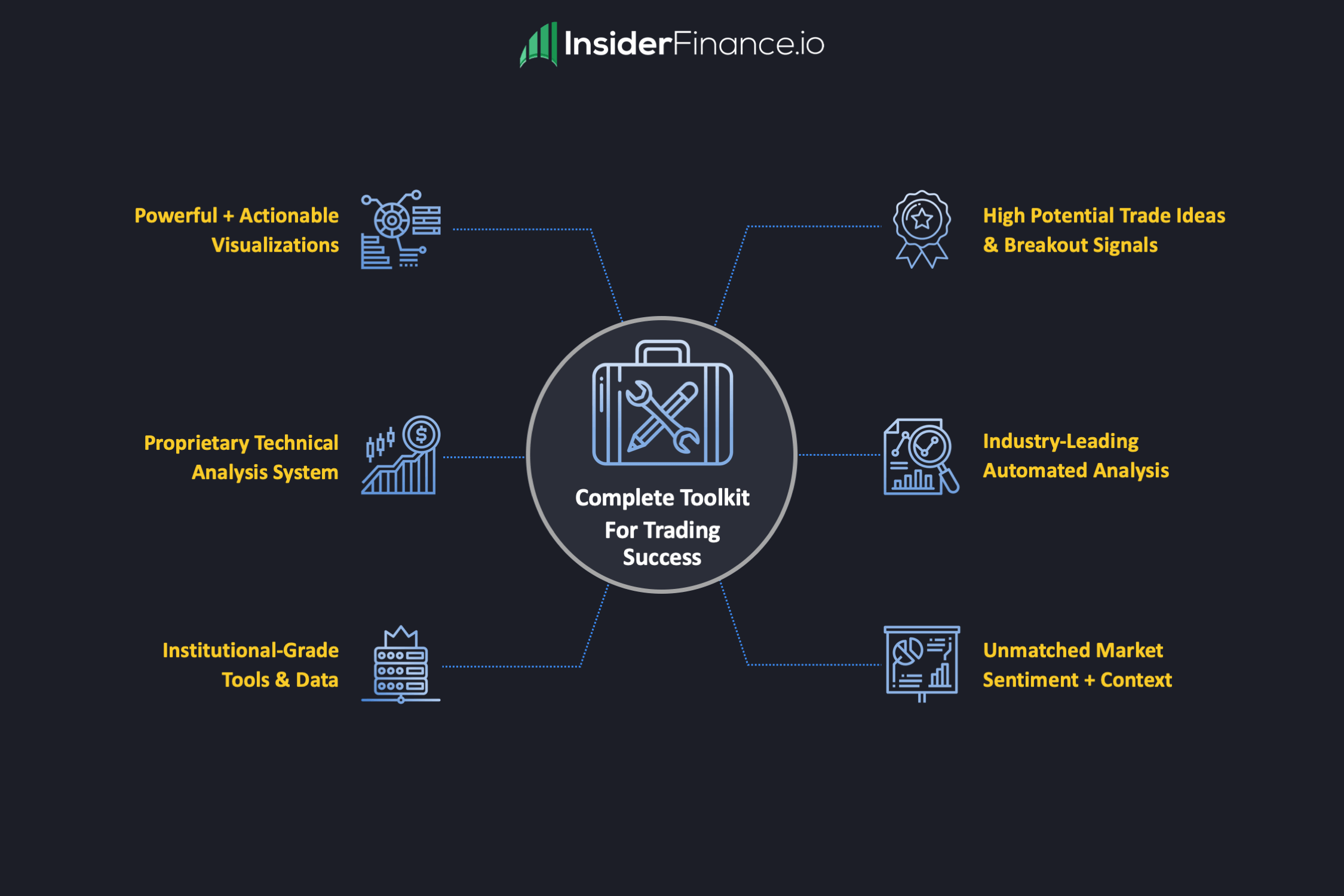Price Action Essentials for Options Traders

Importance of Understanding Price Action for Options Traders
What separates the top 1% of traders from the rest? A deep understanding of price action.
Discover how this time-tested technique can unlock consistent profitability and take your trading to new heights.
The Foundations of Price Action Trading
Understanding price action is essential for options traders as it provides direct insights into market movements, allowing for more accurate predictions and informed decision-making. Price action analysis has deep roots in market history:
Charles Dow and Dow Theory:
- Charles Dow, co-founder of the Dow Jones Industrial Average and The Wall Street Journal, laid the groundwork for modern price action trading in the late 19th century. Dow’s theory, which posits that stock prices reflect all available information and move in predictable phases, underpins much of today's price action analysis.
Jesse Livermore’s Legacy:
- Jesse Livermore, a legendary trader from the early 20th century, exemplified the power of price action. He famously profited during the 1929 stock market crash by "reading the tape"—analyzing price movements to anticipate market turns. Livermore’s strategies, deeply rooted in understanding price action, continue to influence traders today.
The Impact of Price Action on Trading Success
Empirical data further highlights the importance of price action in trading:
Enhanced Win Rates:
- A study by FXCM found that traders who combined price action with traditional indicators (like moving averages and RSI) had an average win rate of 54%, compared to 48% for those relying solely on indicators. This 6% increase can lead to significant gains over time.
Long-Term Profitability:
- Research published in the Journal of Financial Markets found that traders incorporating price action were 10% more likely to be consistently profitable over a five-year period compared to those who relied purely on technical indicators. For options traders, where precise timing is critical, price action is invaluable in achieving better entry and exit points, reducing the risk of losses.
Predicting Market Movements
Price action refers to the movement of a security's price plotted over time. Understanding it allows traders to anticipate future market movements based on historical data, patterns, and trends, which is crucial for timing entry and exit points in options trading.
Enhancing Decision-Making
Options trading involves a significant amount of decision-making, where the timing of buying and selling options can drastically affect profitability. Price action provides real-time insights into market sentiment, helping traders make informed decisions rather than relying solely on indicators or speculation.
Reducing Dependence on Lagging Indicators
Many technical indicators are lagging, meaning they provide signals after a move has already occurred. Price action, however, is a leading indicator, offering immediate data on how the market is reacting, thus enabling traders to act more swiftly and accurately.
Identifying Key Levels
Price action helps in identifying key levels of support and resistance, where price is likely to reverse or pause. These levels are critical for setting stop losses, take profits, and determining the best strike prices for options.
Improving Risk Management
By understanding price action, traders can better gauge the strength or weakness of a trend and adjust their risk management strategies accordingly. This includes adjusting position sizes, stop losses, and deciding when to hedge or close positions.
HIGH POTENTIAL TRADES SENT DIRECTLY TO YOUR INBOX
Add your email to receive our free daily newsletter. No spam, unsubscribe anytime.
How Traders Can Start Using Price Action to Increase Their Win Rates

Price action is a powerful tool for increasing win rates in options trading. Here’s how traders can start leveraging price action effectively:
Learn to Read Candlestick Patterns
Candlestick patterns are a visual representation of price action. Recognizing patterns like dojis, hammers, and engulfing patterns can signal potential reversals or continuations in price. Understanding these patterns is foundational to applying price action in trading.
Identify Support and Resistance Levels
Support and resistance levels are critical areas where price tends to bounce or reverse. Identifying these levels allows traders to set strategic entry and exit points for their options trades, leading to higher probabilities of success.
Understand Trendlines and Channels
Drawing trendlines helps traders visualize the direction of the market, while channels (parallel trendlines) provide insights into the strength of a trend. This knowledge helps traders align their trades with the market's direction, increasing the likelihood of success.
Practice Price Action Strategies
Strategies such as "Breakout Trading" and "Reversal Trading" are based on price action. Breakout trading involves entering a trade when the price breaks out of a consolidation pattern, while reversal trading focuses on entering at key support or resistance levels where a trend reversal is likely.
Use Price Action to Confirm Indicators
While price action can be powerful on its own, combining it with traditional indicators can improve accuracy. For example, if the Relative Strength Index (RSI) indicates overbought conditions, confirming this with price action patterns at resistance levels can increase the likelihood of a successful trade.
Backtest and Refine Your Approach
Continuously backtest your price action strategies on historical data. This practice helps refine your techniques and builds confidence in your trading plan, ultimately increasing your win rates over time.
Step-by-Step Example of Applying Price Action

Let’s walk through a real-world example of using price action to make a specific options trade:
Scenario:
A trader is monitoring Apple Inc. (AAPL) and notices the stock has been trading within a tight range, forming a consolidation pattern known as a "rectangle." The price has repeatedly bounced between $130 (support) and $135 (resistance), creating a clear range.
Step 1: Identify the Pattern
- The trader recognizes the rectangle pattern and understands that a breakout above or below this range could signal a significant move in the stock.
Step 2: Monitor Price Action
- The trader closely monitors the price action near the $135 resistance level. On a specific day, AAPL’s price begins to approach this resistance with increasing volume—a critical sign that a breakout might occur.
Step 3: Execute the Trade
- As the price breaks above $135 with strong volume, the trader buys a call option with a strike price of $135, expiring in two weeks. The choice of a near-term expiration reflects the expectation of a quick move following the breakout.
Step 4: Manage the Trade
- The trader sets a stop loss just below the breakout level at $134 to limit potential losses if the breakout fails. This level is chosen based on price action, as a return below $134 could indicate a false breakout.
Step 5: Exit Strategy
- As the price continues to rise, reaching $140, the trader decides to take profit by either selling the call option or exercising it, depending on their strategy. This decision is informed by watching for any signs of weakening momentum in the price action.
Outcome:
- By following this price action strategy, the trader capitalizes on the breakout, realizing a profitable trade. The use of price action allowed for a well-timed entry and exit, maximizing the trade's success.
Mastering the Market with Price Action

Price action is more than just a trading tool—it's the key to unlocking a deeper understanding of market dynamics. By mastering price action, traders can elevate their strategies, improve decision-making, and ultimately increase their win rates. The journey to becoming a successful options trader is one of continuous learning and refinement, and price action is the foundation upon which that success is built.
But mastering price action doesn't have to be a solo endeavor. Tools like InsiderFinance can amplify your trading edge by providing real-time data and insights tailored to the strategies discussed in this article. Here are some compelling benefits:
- Real-Time Market Sentiment: InsiderFinance delivers up-to-the-minute sentiment analysis, helping you validate price action patterns and make more informed trading decisions.
- Unmatched Options Flow Data: Gain access to institutional-grade options flow, allowing you to see where the "smart money" is moving and align your trades with these market-shaping moves.
- Advanced Technical Indicators: InsiderFinance integrates advanced technical indicators that complement your price action analysis, providing a comprehensive view of market conditions.
- Customizable Alerts: Set up alerts based on specific price action triggers, ensuring you never miss a critical market move that could impact your trades.
Your Path to Trading Mastery
By integrating price action with cutting-edge tools like InsiderFinance, you're not just trading—you're strategically positioning yourself to win in the market. The insights and precision you gain will empower you to trade with confidence, knowing that you're backed by data-driven decisions and real-time market intelligence.
Your journey to trading mastery begins now—embrace the power of price action and let InsiderFinance be your trusted partner on the path to success.
HIGH POTENTIAL TRADES SENT DIRECTLY TO YOUR INBOX
Add your email to receive our free daily newsletter. No spam, unsubscribe anytime.
FAQs
What is price action in options trading?
Price action refers to the movement of a security’s price over time, used by traders to predict future market moves.
How can price action improve my options trading strategy?
Price action helps traders make informed decisions by analyzing market trends, reducing reliance on lagging indicators.
Why is price action considered a leading indicator?
Unlike technical indicators that lag, price action provides real-time data, allowing traders to react swiftly to market changes.
What are the key benefits of using price action in options trading?
Benefits include better timing for entry/exit, improved risk management, and enhanced decision-making based on market sentiment.
How do I identify support and resistance using price action?
Price action helps identify key levels where price is likely to reverse or pause, crucial for setting stop losses and take profits.
Can combining price action with technical indicators increase win rates?
Yes, studies show that traders who combine price action with indicators see higher win rates compared to those who rely solely on indicators.
What are some common price action patterns to watch for?
Key patterns include dojis, hammers, and engulfing patterns, which signal potential reversals or continuations in price.
How do professional traders use price action in their strategies?
Professional traders, including those in hedge funds, use price action to time their trades and align with market sentiment.
What tools can help me analyze price action effectively?
Tools like InsiderFinance offer real-time market data, sentiment analysis, and institutional-level options flow to complement your price action strategy.
How can I backtest price action strategies to improve performance?
Use historical data to backtest your price action strategies, refining techniques and building confidence in your trading plan.








